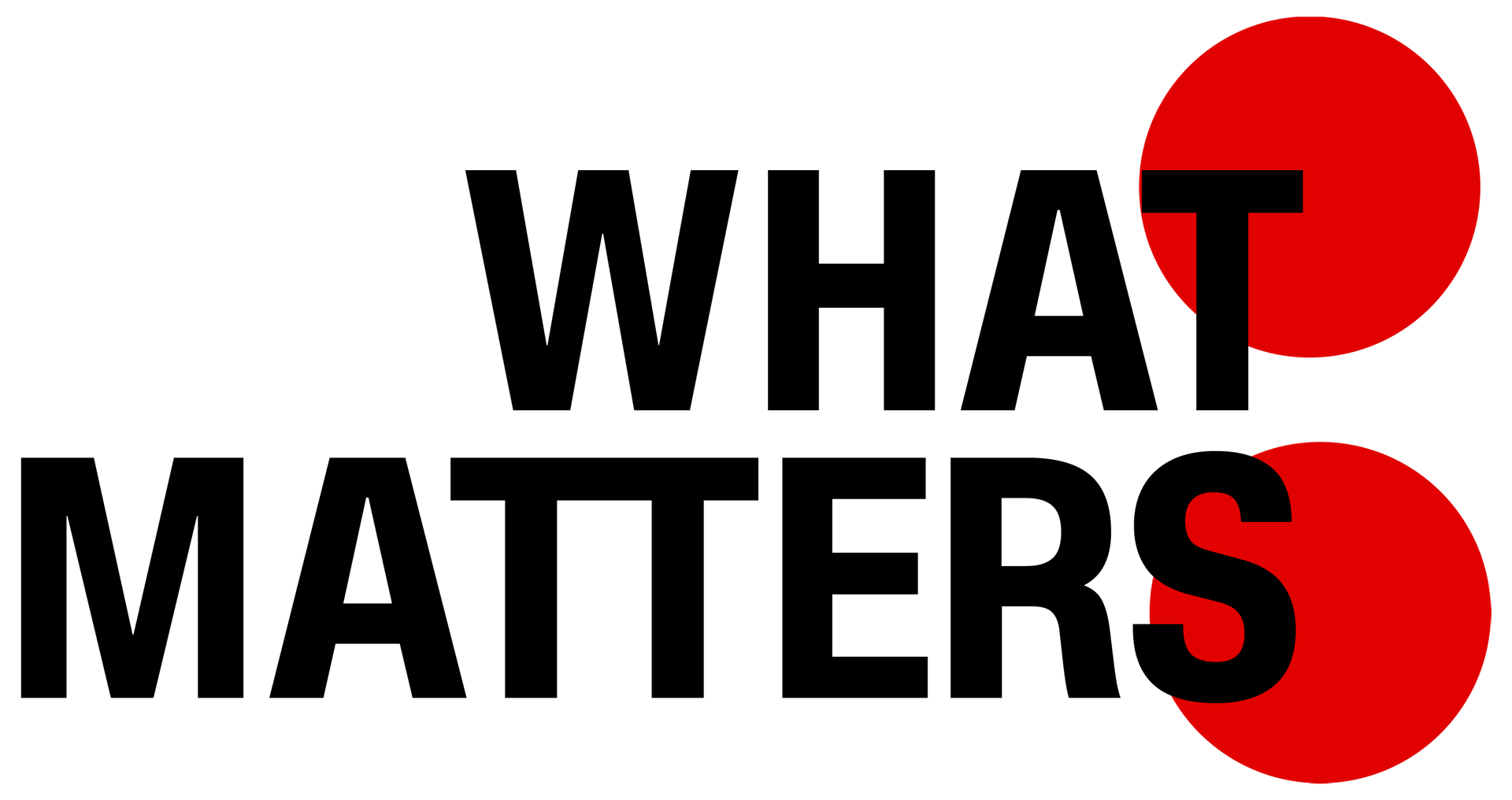| : The case of the missing woman If the volume of internet traffic is a guide, there's a good chance most Americans haven't read about the Biden administration's consequential but in-the-weeds attempt to cut the use of hydrofluorocarbons to address climate change.
They've probably seen a little bit about the surge of Haitian migrants at the US border. The top US diplomat to Haiti has resigned in protest of the administration's effort to deport them, by the way.
And lots of people are by now aware that the US is headed toward a possible government shutdown and first-ever debt default. Everyone should start paying attention to that one.
But -- and again, this is judging by online traffic -- a very, very large portion of the country knows a lot about a young White woman named Gabby Petito who went missing and was found dead, sparking a hunt for her now also-missing fiance.
It's a mystery followed by a mystery, which is bound to attract attention from the media, fed by a long trail of social media posts from the couple and a dizzying array of sightings and tips from internet sleuths in recent days.
But like everything else in the US these days, the story has two sides. Along with shining a light on how local police responded to a dispute between the pair -- that's now sparked an internal police investigation in Moab, Utah -- it's underscored the awkward fact that not everyone who disappears like Gabby Petito gets the same kind of attention.
: What about all the other missing people? CNN published a piece Thursday about the large number of Black women and men who have gone missing without much, if any, attention at all from authorities, the media or the public.
There's a similar story about missing Native Americans. In the state where Petito's remains were discovered -- Wyoming -- more than 700 missing Native American women were reported missing between 2011 and 2020, according to a report by Wyoming's Taskforce on Missing and Murdered Indigenous persons cited by The Washington Post.
It found that missing White people were more likely to have newspaper stories written about them.
CNN spoke with family members of missing Black men and women -- Daniel Robinson in Arizona and Keeshae Jacobs in Virginia -- who haven't gotten the same attention. The body of another missing Black man, Jelani Day, was identified in Illinois on Thursday.
There's a graphic in the CNN piece that separates the share of missing persons by race and then compares it with the share of the US population.
Most missing persons cases involve Whites, but they're a much smaller share of missing persons than their share of the population. Black people account for nearly a third of missing persons, but are less than 15% of the US population.
The inconsistency is obvious.
That doesn't mean every missing White woman gets the same level of attention as Petito. Clearly, that's not the case. Of the nearly 90,000 active missing persons cases in an FBI database as of 2020, more than 48,000 were White people.
But there is also a lot of truth in the "missing white Woman syndrome" the late journalist Gwen Ifill diagnosed in the media back in 2004.
And many media organizations, even as they cover the Petito case, have also noted the imbalance.
CNN published its piece on missing Black Americans. Please read it. The New York Times wrote a story: "News Media Can't Shake 'Missing White Woman Syndrome,' Critics Say."
The Washington Post wrote: "Even within the media, some question the amount of Gabby Petito coverage."
NPR: "Media Fascination With The Petito Mystery Looks Like Racism To Some Native Americans."
I've covered a few of these disappearances in my time as a journalist. Chandra Levy was the intern romantically involved with a congressman. Lacy Peterson was the young pregnant wife who went missing just before Christmas.
Petito, the social media star, fits in with that group.
I will argue that for a missing person case to capture national attention, there is also often a husband, boyfriend or lover who raises suspicions.
It's the mystery as much as the missing person that draws and holds attention.
Meanwhile, here's a little bit more on the rest of the day's news.
COVID: This report on a dip in Covid cases includes a fascinating interview with former FDA Commissioner Scott Gottlieb, which I'll shorten and paraphrase to these main points:
The Delta variant surge could be the last "wave of infection."
As more people get vaccinated and develop resistance through having the disease, it will become a more persistent, seasonal threat, alongside the flu. But it will lead to permanent changes in the way we live, including the need for better air filtration, more spread-out offices and many people voluntarily masking indoors in public settings.
Separately, CDC advisers recommended booster shots only for those over 65 and in long-term-care facilities.
Immigration: DHS has, for now, suspended the use of horse patrols in Del Rio, Texas, after those disturbing images of mounted agents trying to contain Haitian migrants.
Split city: A majority of residents in the wealthy Buckhead neighborhood want to secede from the larger city of Atlanta. Here's a fascinating look at how we live in an effectively segregated country. It includes a fascinating racial map of New York City with Census Bureau data.
: What are we doing here? We're trying to connect the dots at a time of political, cultural and economic upheaval. All CNN Newsletters | Manage Profile
® © 2021 Cable News Network, Inc. A WarnerMedia Company. All Rights Reserved.
One CNN Center Atlanta, GA 30303
|
SUBSCRIBE TO OUR NEWSLETTER
Our Youtube Channel
Top Articles
-
Baird and NWSL general counsel Lisa Levine were ousted Friday in the wake of a rep...
-
Plus: The high costs of housing, school board politics and alien life abroad July 16, 2021 View in B...
eseries.in - All Rights Reserved 2023-2025





